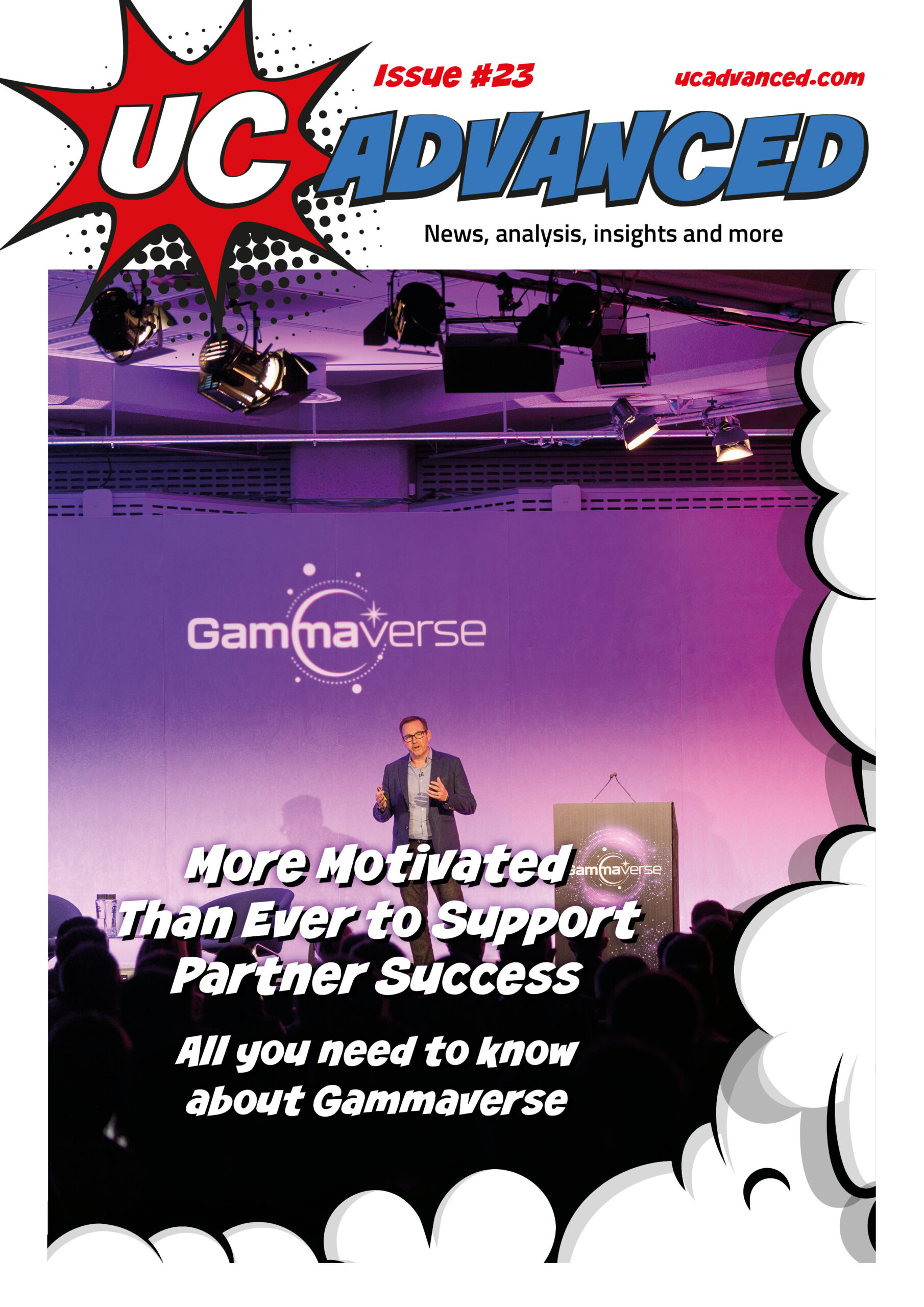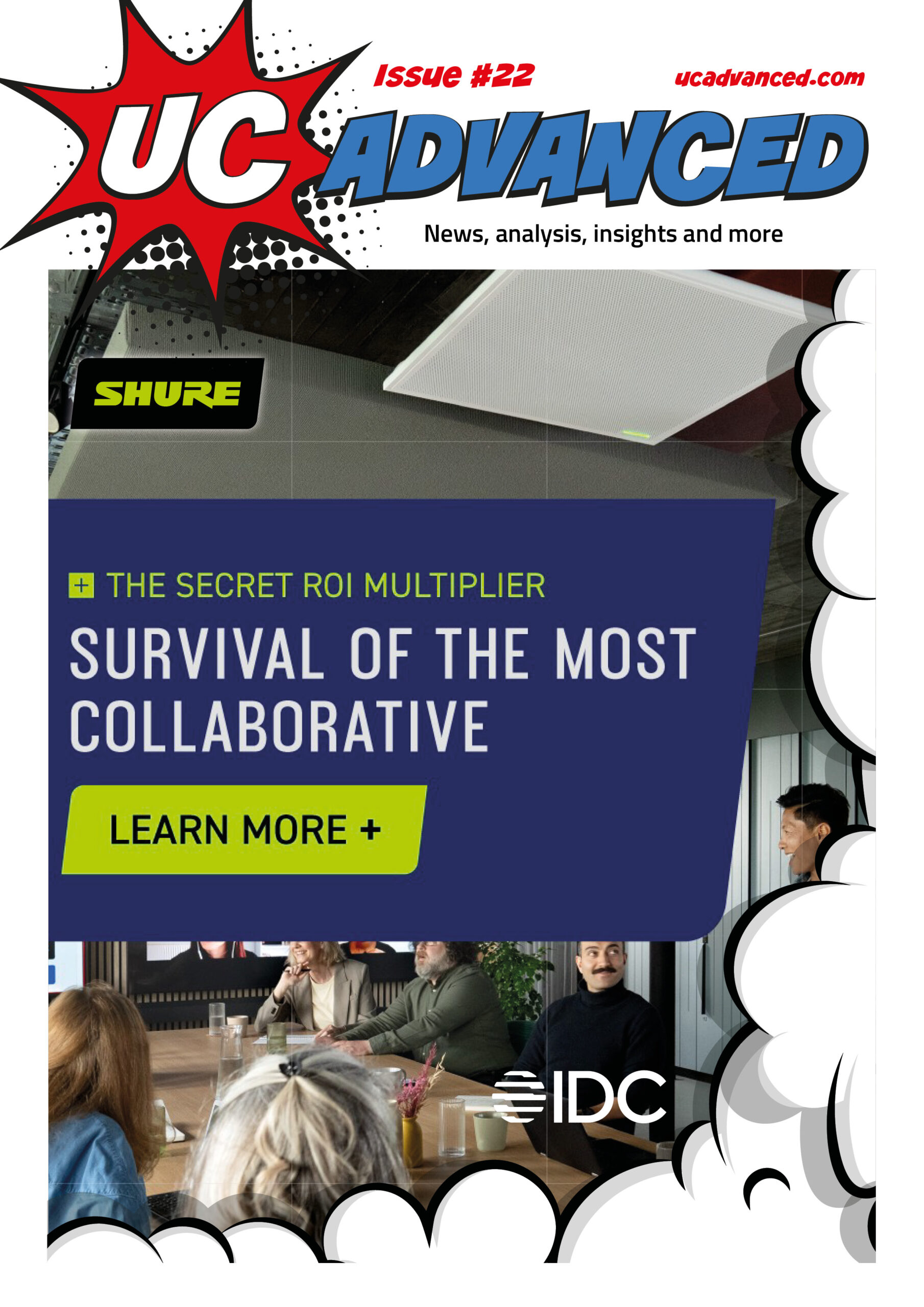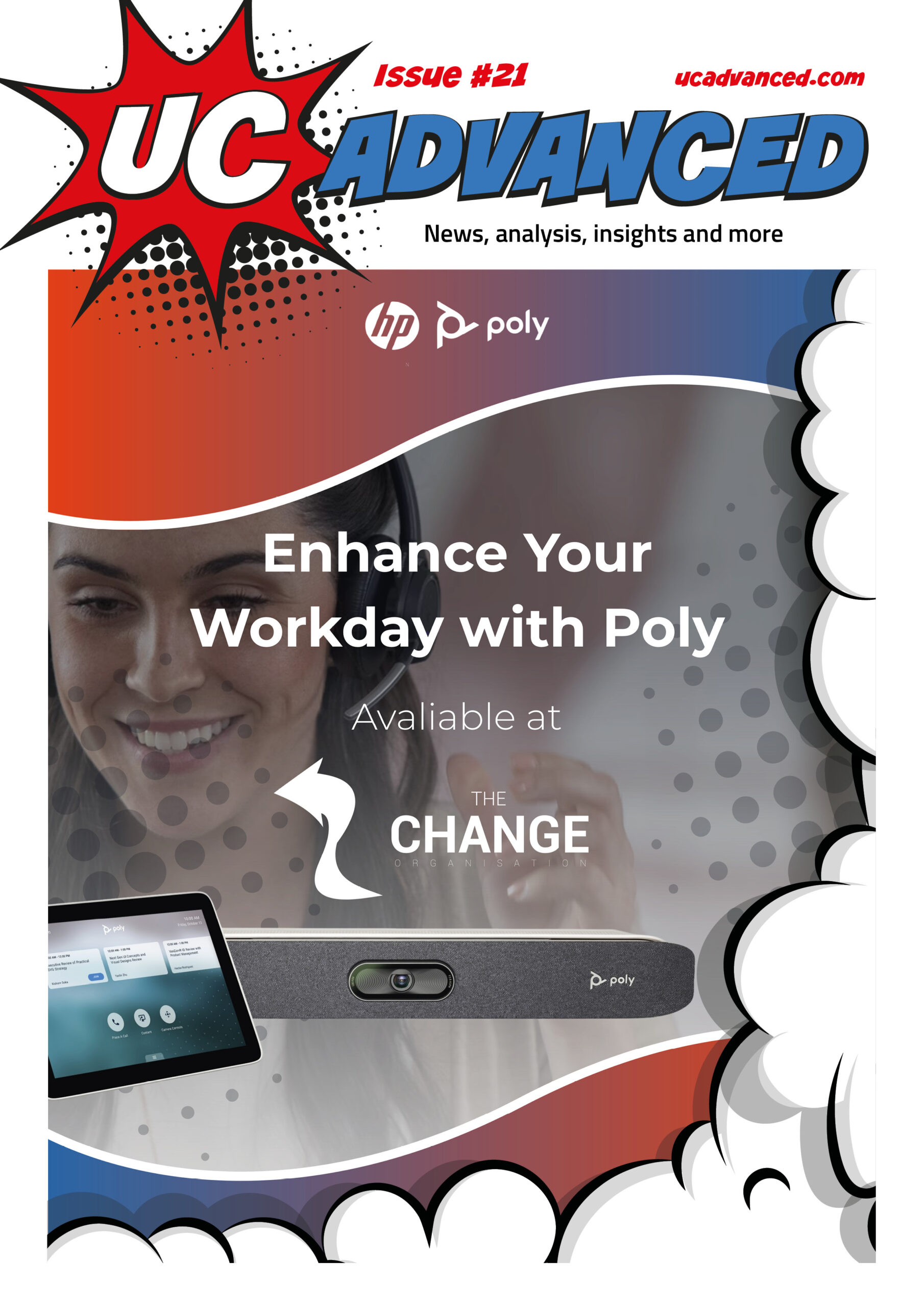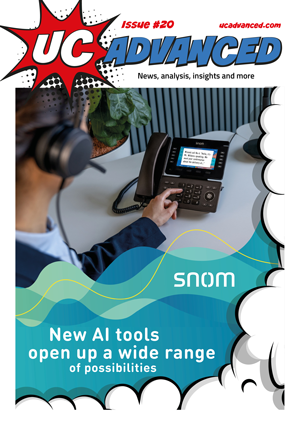HubSpot’s innovations, some in Beta phase, are set to address the challenges businesses face when incorporating AI into their teams. HubSpot recently added 200+ new features to help UK businesses build “hybrid human-AI teams”, and recent HubSpot research shows gaps in AI readiness among UK business leaders:
- 43% say they are only somewhat ready for the expected drop in website traffic.
- 56% report spending one to two hours verifying data before sharing it with key stakeholders.
- 99% have felt the impact of fragmented data and limited visibility, from reduced team productivity to delayed or flawed strategic decisions.
Laura Lane, Head of Marketing, Northern Europe at HubSpot, comments:
“AI, especially within search engines and chatbots, has swiftly changed the way people find and consume information, and it’s having a noticeable effect on website traffic. More and more, tools like Google’s AI Overviews and ChatGPT are giving users the answers they need straight away, so there’s less reason for anyone to actually click through to individual websites. The better AI gets at surfacing useful content instantly, the less need there is for users to visit the source, which means organic traffic is bound to drop.”
Laura continues, “Looking ahead, this isn’t likely to change any time soon. As AI becomes even savvier at pulling together and presenting information, the traditional route of users landing on your website will only get more disrupted. Marketers can’t just rely on website visits for leads anymore. Instead, the focus needs to shift to making sure your brand is discoverable by AI and building trust across the various channels where people might come across you.”
Laura Lane adds, “All of this makes things like buying signals and data hygiene more important than ever. With the buyer journey becoming increasingly fragmented – and much of it happening in so-called “dark funnels” that traditional analytics can’t easily track – spotting genuine buying signals has become essential to nurturing leads. This includes someone engaging with your newsletter, a podcast or a tailored email. And on top of that, keeping your data clean and well-organised is key, so your AI-driven personalisation and segmentation actually work as intended. In this new AI-driven world, brands that keep their data in great shape and pay close attention to subtle buying cues will be the ones that come out on top, while others risk fading into the background.”
The updates (some in Beta phase) centre on three areas:
- connecting data
- enabling people
- building AI-powered teammates.
The launch comes as new HubSpot research shows gaps in AI readiness among UK business leaders.
“We’re at a pivotal moment,” said Karen Ng, EVP of Product at HubSpot. “AI transformation is happening whether we’re ready or not. The question isn’t if AI will change your business – it’s whether you’ll lead that change or be left behind. The companies that win won’t be the ones with the most AI tools; they’ll have the smartest hybrid teams where AI doesn’t replace people, but multiplies their impact.”
Most businesses make decisions with only a fraction of the data available to them. The rest is often trapped in emails and calls, siloed across systems, or duplicated and inconsistent. HubSpot’s new Data Hub and powerful Smart CRM updates solve this by unifying structured, unstructured and external data sources into one reliable foundation. The updates include:
- Data Hub – which replaces Operations Hub (new features are available in beta) is designed to eliminate manual exports and broken integrations. It connects to external sources, and uses AI to clean and organise information automatically. Data Hub includes Data Studio, which links databases, warehouses, apps and spreadsheets, with AI spotting patterns for segmentation, automation and reporting. Also included is Data Quality tools, which automate data hygiene by spotting duplicates, filling in missing details, standardising formats and flagging inconsistencies.
- HubSpot’s Smart CRM (updates are available in beta) has been updated to capture more context from every interaction and surface what matters most. This includes Flexible CRM Views, whereby teams can visualise records as tables, boards, calendars or maps, adapting data views to the way they work. It also includes Conversational and Intent Enrichment, which automatically updates records with insights from calls, emails and meeting notes, plus intent signals like site visits.
- Smart Insights: Surfaces key patterns and risks in real time, so sales, marketing and service teams can act quickly without trawling through reports.
HubSpot also introduced a suite of new AI teammates designed to handle full workflows, working alongside people rather than replacing them. These include:
- Breeze Agents: More than 15 specialised agents for marketing, sales, service and GTM teams. Examples include:
- Data Agent: Researches and answers detailed questions about customers by analysing CRM data, emails, call recordings and documents.
- Customer Agent: Acts as a 24/7 concierge, qualifying leads and resolving support queries using unified CRM data.
- Prospecting Agent: Monitors prospects for buying signals, researches target accounts and sends personalised outreach at the right time.
- Others support social posting, RFP responses, knowledge base building, etc.
- Breeze Assistants: AI companions that work where teams do – in HubSpot, browsers and a new mobile app. They remember preferences, prepare meeting briefs and create content in the right brand voice. Custom Assistants can be trained on processes or documents to handle specialised tasks, like updating web pages with brand guidelines.
At HubSpot’s recent conference INBOUND 2025, HubSpot introduced Loop Marketing – a playbook to help marketers navigate changing landscapes, reach audiences and bring in more leads. Instead of being a linear process, it’s a continuous cycle where people and AI work together to express a brand’s identity, tailor messages at scale, amplify across channels and evolve in real time.











